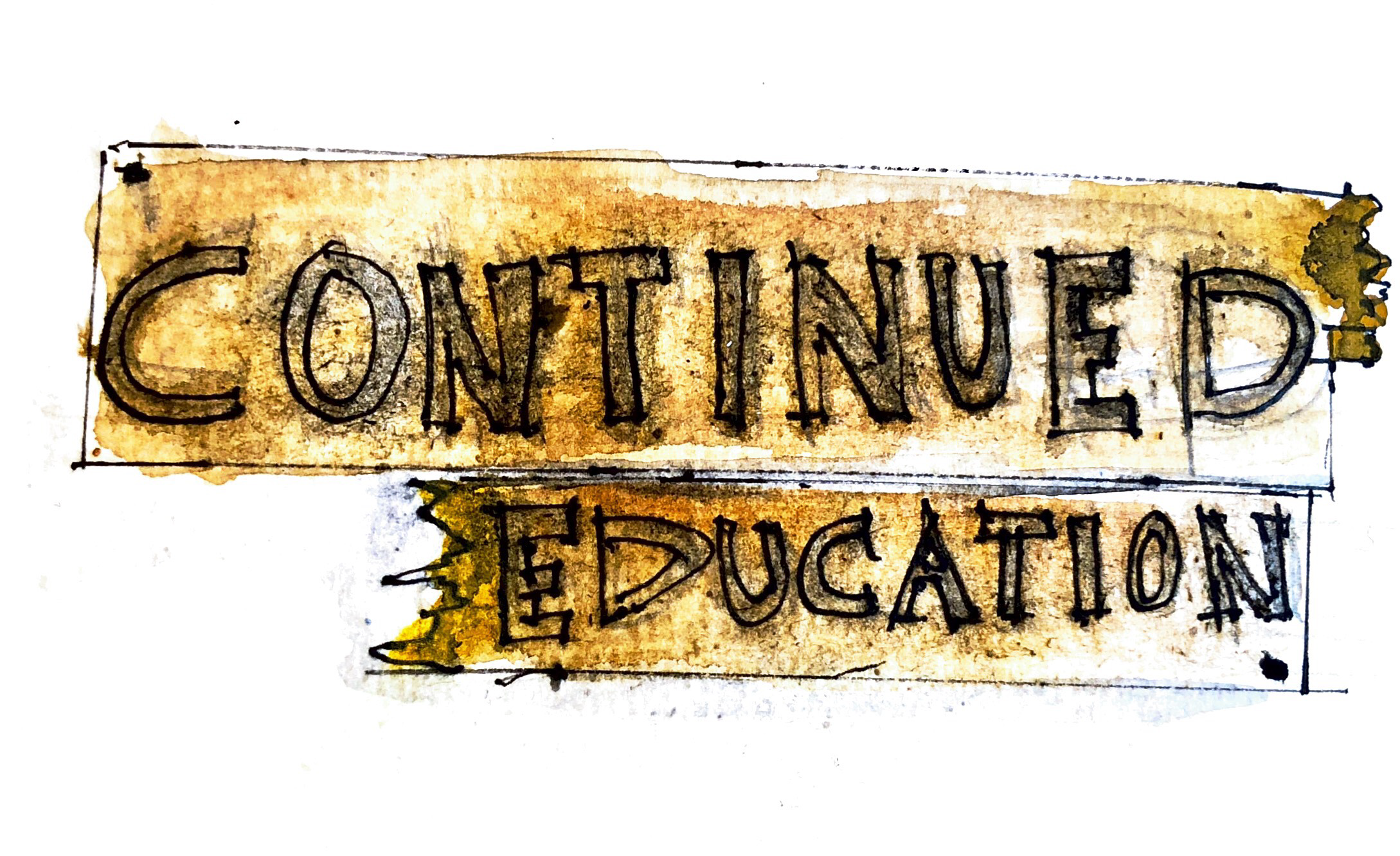Southern Yellow Pine
It has most certainly been more than 4 months since the last post, but there was a pandemic, so hopefully the lapse is understandable. Firstly, I hope anyone reading this is safe and healthy. Many of our friends were affected both by the disease, and the economic crisis that is looming and starting to unfold. God bless, and we wish you the best of luck.
The previous post started with the history, this post is about how lumber is cut and shipped, later we will touch on how construction has changed with wood over time. I have provided some books that I found interesting in my search, as well as links about all things lumber. If you would like to search my sources, please do, I had immense fun finding them and there is so much information I did not touch on.
Fir, Spruce, and Pine trees all go through relatively the same process of cutting and shipping. Due to various restrictions for transporting anything on US road system, there is a minimum size that lumber must be kept at. Though, there is also a minimum height for lumber already as trees only grow so tall. Methods have changed significantly over time, but today turning trees into construction wood has been made into a simplified process.
It all begins with a soaking the logs for about 20 minutes. This removes the mud, and softens the bark to make it easier to remove. The logs then go through the debarker machine with a rotor that shaves off the bark. This rotor has sharp blades that can take as little as 10 seconds to shave a log bear. Much of the modern complexity of turning wood into lumber comes from the required regular maintenance of the saw blades.
Every mill has a filing room where they regularly sharpen and inspect the saw blade that will be used to cut and shave logs in the mill. In addition to sharpening, the saw blades also need to be straightened as the blades can get bent, a task that is still largely done by hand .
After the debarking, mills differ in how they handle different sizes of logs, but in most cases logs go through a saw where a worker at a controller uses a laser to help position, and reposition, each log as they run through the saw. This can be repeated several times to cut each log into as many 4 by 10 inch pieces as possible. (Note: some mills have a 3D scanner that can create the optimal cutting and positioning without a worker.)
Saw mills differ in what their minimum cut size is at the beginning, and several factors contribute to this, some of which include: initial size, output of sizes for the specific mill, species of wood, and quality of cut required. This also can lead to different methods in cutting the wood.
Another noted process is to send logs to a saw that cuts a board off each side then send what's left of the log on to another saw cutting into more manageable pieces, something around a 2 by 10. This method is typically used for narrower pieces of wood. Each mill can differ in its methods and may have a resaw to shape the wood depending on the front end method.
A near identical item at every mill is the use of a Canter Machine. A Canter typically has an adjustable circular saw that can cut the pieces into various sizes of wood, anywhere from 2 by 3 to 2 by 8 depending on the logs diameter.
Regardless of the method there will need to be a finishing touch to however the board was made. To finish the board, the lumber is sent to a machine that smooths the edges and trims off any defects that can affect the strength or resistance of the wood. An automated sorter drops the wood into bins according to their size. From here they are stacked and placed into a kiln to be dried to about 15% humidity. Finally the wood will be graded and shipped to where it needs to go.
Helpful Links
Sources
http://www.softwood.org/uploads/7/1/0/6/71061057/as_species_eng.pdf, Accessed November 1, 2019 //Lots of wood
https://sfpa.org/industry-links/, Accessed November 1, 2019 //Where the wood comes from
https://www.awc.org/faqs, Accessed November 1, 2019 //Tolerance then and now
https://www.awc.org/education/ecourses, Accessed November 1, 2019 // What can we do with wood
https://icc-es.org/zh/building-products-listing-program/listing-report-directory/, Accessed November 1, 2019 // Products for wood?
https://www.apawood.org/publication-search?q=, Accessed November 1, 2019 // Frankestien’s monster’s wood (you read right)
https://www.eforester.org/, Accessed November 1, 2019
https://www.afandpa.org/, Accessed November 1, 2019
http://www.forestprod.org/, Accessed November 1, 2019
https://www.fs.fed.us/, Accessed November 1, 2019
https://naturalresources.house.gov/, Accessed November 1, 2019
https://www.builddirect.com/learning-center/flooring/pine-southern-yellow/, Accessed November 1, 2019
https://cals.ncsu.edu/agricultural-and-resource-economics/news/nc-timber-during-colonial-times-and-now/, Accessed November 1, 2019 // How the british ruled the world with American materials
https://www.nhla.com/nhla-services/hardwood-industry-rules/, Accessed November 1, 2019 // Grading rules Hardwoods
https://www.federalregister.gov/documents/2010/04/02/2010-7494/final-voluntary-product-standard-doc-ps-20-10-american-softwood-lumber-standard, Accessed November 1, 2019 // About every goverment document
https://www.nist.gov/sites/default/files/documents/2019/07/29/ps20-15_proposed_revisions_20190725_track_changes.pdf, Accessed November 1, 2019 // Volentary softwoood grading system
Allen, Julia C., and Douglas E. Barnes. “The Causes of Deforestation in Developing Countries.” Annals of the Association of American Geographers 75(2) (June 1985)
Bengston, David N., Hans M. Gregersen, and John Haygreen. “Seesawing Across the Forty-Ninth Parallel: The International Diffusion of a Wood-Based Technology.” Journal of Forest History 32(2) (April 1988).
Greeley, W.B. “The Relation of Geography to Timber Supply.” Economic Geography 1(1) (March 1925): .
Guha, Ramachandra. “The Prehistory of Community Forestry in India.” Environmental History 6(2) (April 2001): .
Kohlmeyer, Fred W. “Lumber Distribution and Marketing in the United States.” Journal of Forest History 27(2) (April 1983): .
Kotok, E. I. “America’s Role in Meeting World Timber Needs.” Proceedings of the American Philosophical Society 89(2) (July 1945): .
Streyffert, Thorsten. “Softwood Resources of Europe.” Economic Geography 10(1) (January 1934): .
Books that might Interest you……










